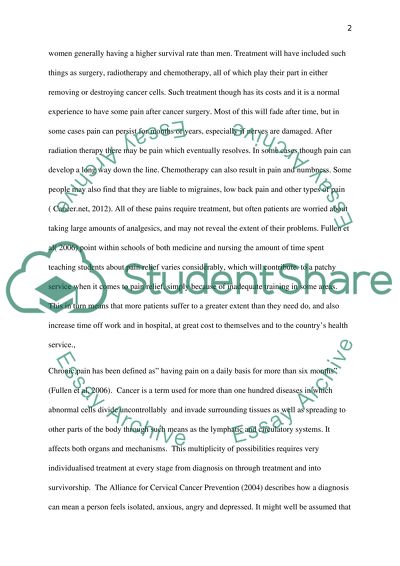Cite this document
(“Management of chronic pain control in cancer Essay”, n.d.)
Management of chronic pain control in cancer Essay. Retrieved from https://studentshare.org/nursing/1403146-management-of-chronic-cancer-pain
Management of chronic pain control in cancer Essay. Retrieved from https://studentshare.org/nursing/1403146-management-of-chronic-cancer-pain
(Management of Chronic Pain Control in Cancer Essay)
Management of Chronic Pain Control in Cancer Essay. https://studentshare.org/nursing/1403146-management-of-chronic-cancer-pain.
Management of Chronic Pain Control in Cancer Essay. https://studentshare.org/nursing/1403146-management-of-chronic-cancer-pain.
“Management of Chronic Pain Control in Cancer Essay”, n.d. https://studentshare.org/nursing/1403146-management-of-chronic-cancer-pain.


